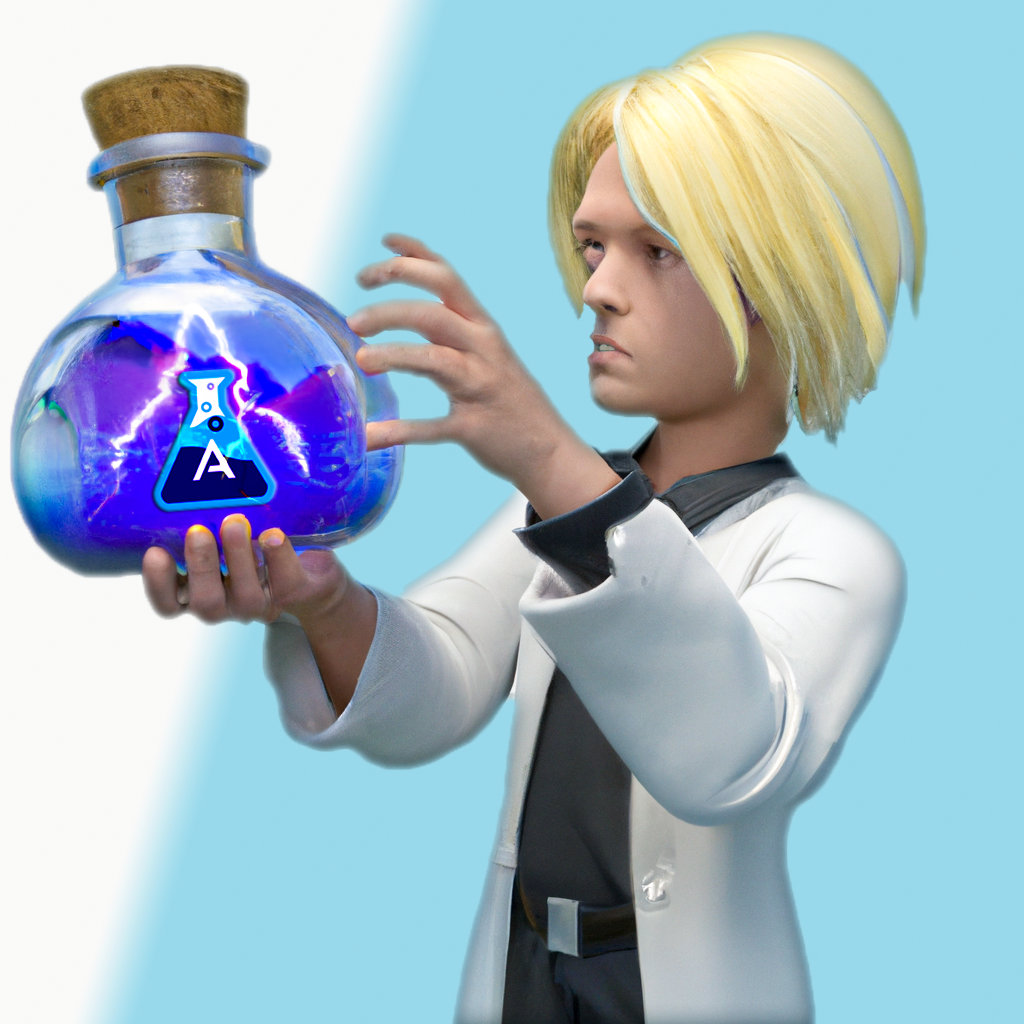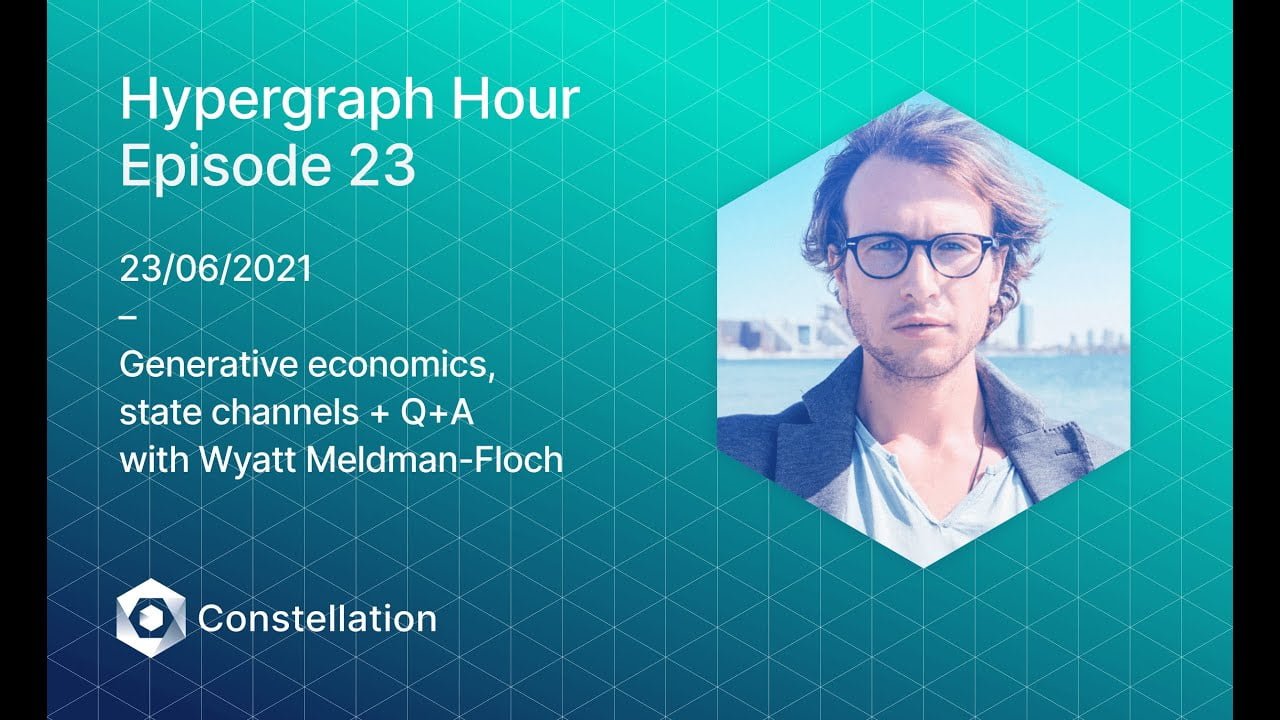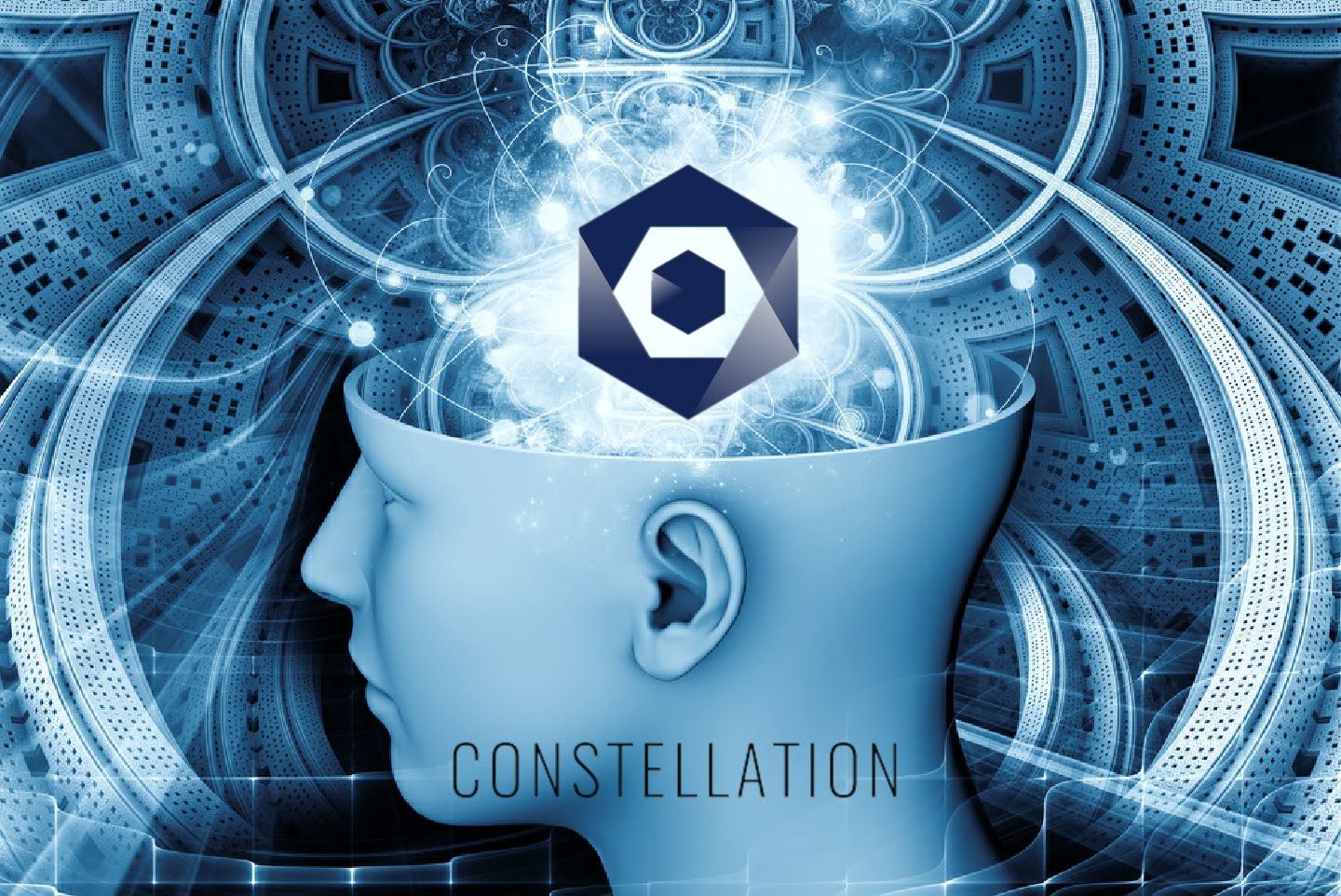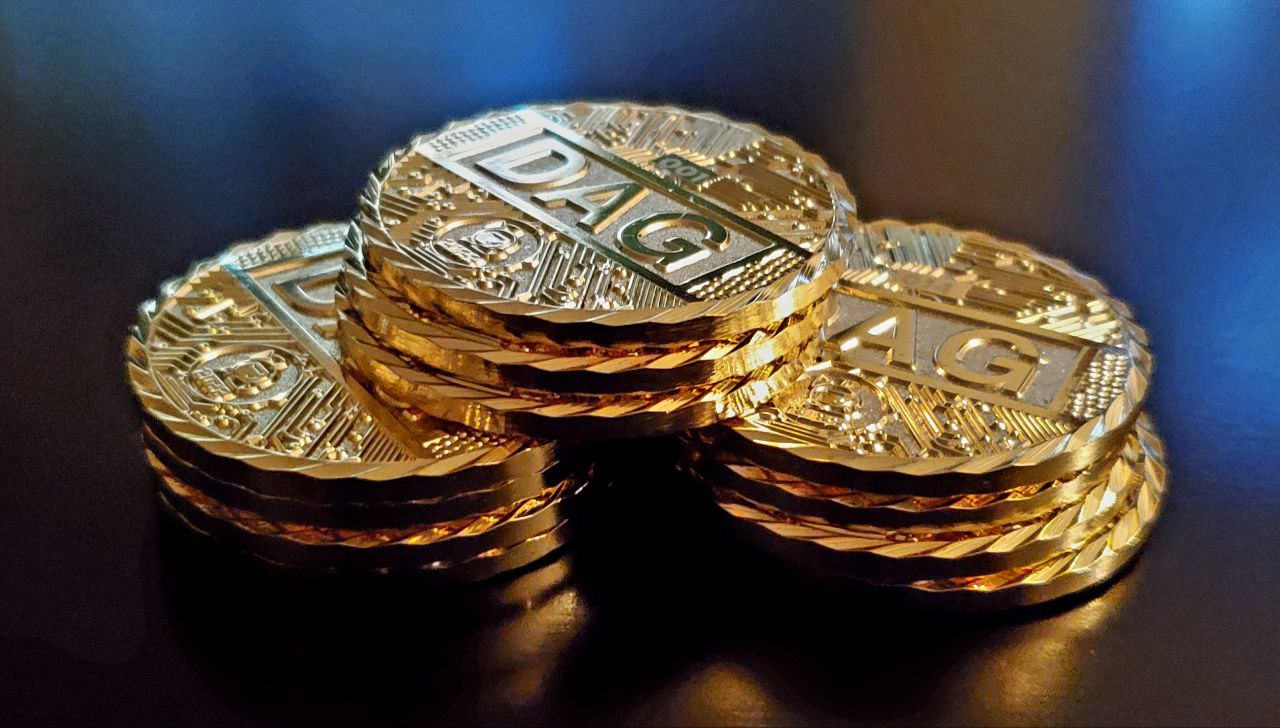The evolution of Constellation’s state channels brings the end to the short lived smart contract.
What is a smart contract?
A smart contract is a virtual agreement, in which the conditions for its execution are evaluated and confirmed by computer code. Its key feature is trustless execution between two parties.
Smart contracts have several problems which inhibit them from being used in the real world. One of the stickiest being the Oracle problem:
A third party from outside the blockchain is needed to validate the data conditions (if something did or did not occur in the real world). Requiring an intermediary (oracle), totally undermines the goal of a decentralized system.
The evolution of smart contracts are state channels. They solve this problem and leap beyond the limitations of smart contracts.
State channels exist on Constellation’s Hypergraph transfer protocol network (HGTP). While most blockchains like BTC, ETH, ADA, or DOT are layer 1 networks, Constellation is unique in that it’s the world’s first Layer-0 network.
Layer-0 is the layer beneath all other protocols and allows for unprecedented cross-chain interoperability. DAG is Constellation’s token. DAG is needed for the creation of a state channel.
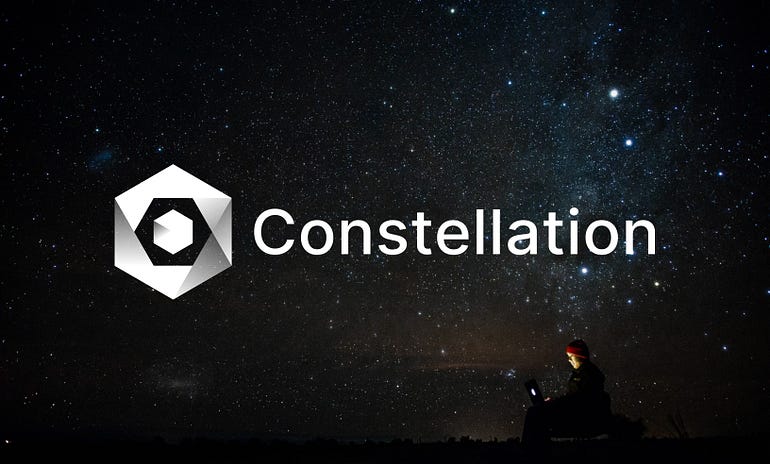
What is a state channel?
A state channel is an autonomous business that designs its own ecosystem on Constellation’s Hypergraph.
The tech of the HGTP is so profound, that it allows for state channels to create extraordinary use cases:
State channels are able to process and validate third party data from multiple blockchains or other data sources (cars, devices, API’s). This is remarkable. This is one of the main differentiators from ethereum — it can’t do this.
For example, ethereum smart contracts are only capable of handling specific data on the ethereum blockchain. This is incredibly limiting since most of the world’s data is not on ethereum.
DAG State Channels on the other hand are able to process arbitrary data from autonomous cars, devices, API’s, satellites, sensors — or anything that emits data. It is compatible with legacy systems.
The tech stack a state channel leverages through Constellation is so unique, it can freely create any tokenomics that involve third party data as well as feeless interoperability into any blockchain.
State channels can mint their own tokens, known as L0 tokens, and are free to create an ecosystem on their own logic and use case. They can interact with other tokens such as Bitcoin or Ethereum, feelessly. This is remarkable.
Pause for a moment, and realize that everything digital is actually data. The words in this sentence exist as data. Constellation invented a way, using cutting edge technology, for any type of data to be validated in a totally decentralized way. They have essentially created the true internet of blockchains, and the possibilities of what can be created are only limited by imagination.
Notable differences between innovative state channels and outdated smart contracts:
Smart contracts require infrastructure of servers run by miners (centralized).
State channels are serverless and run in a distributed way (decentralized).
Smart contracts are bound into an economic relationship with their blockchain, such as ethereum.
State channels are free to define their own business logic, rewards, and metrics.
Smart contracts incur gas fees, for example when trading an erc-20 token for another.
State channels (such as $LTX which is powered by Constellation), can execute smart contracts — or trade erc-20 tokens for another — without any gas fees.
Smart contracts simply automate If/Then logic based on pre-set conditions.
State channels define their own custom parameters and can execute complex logic — far beyond “If/Then”.
Smart contracts require an oracle to validate information from the real world.
State channels solve the oracle problem by validating data itself, from the origin of where it comes from.
Smart contracts are limited to specific blockchains from which they emanate.
State channels are able to process arbitrary data from multiple blockchains or any data sources (cars & devices).
Smart contracts are slow and bottlenecked because of their built-in limitation on Ethereum.
State channels allow multiple data types simultaneously because of HGTP’s horizontal data architecture.
Smart contracts validate only transactions.
State channels validate the data itself.
If you run a smart contract you have to pay expensive network fees in ETH as a fee for interacting with ethereum.
If you run a state channel you can pay node owners in your own L0 minted token, DAG, or any token.
Smart contracts are not designed for edge computing such as small devices
State channels running on HGTP, can validate data on a cellphone or a small sensor of a car.
Smart contracts become more expensive and slower the more that occur at the same time.
State channels data, powered by HGTP, gets faster and cheaper by more of the data that is going through it.
Smart contracts reference data across a blockchain.
State channels allow for cross chain liquidity across any blockchain.
Smart contracts rely on Ethereum, a platform that its own creator said of it:
State channels are built on DAG technology, which is infinitely scalable and so much faster than the outdated blockchain technology of yesterday (Ethereum or Bitcoin). They are built on the infinitely scalable HGTP powered by Constellation’s DAG technology.
Consensus is performed on state channel data by nodes. Nodes are those who own 250,000 of DAG and stake it. Their DAG works verifying data for state channels as well as for the Hypergraph. (Staking, refers to setting ones DAG aside to be used by the network for validating data, and receiving rewards for doing so.)
DAG is incredibly valuable as it is required to create a state channel. DAG staked in nodes for rewards further limits the supply, which drives the price of DAG higher. DAG is an index token measurement of the network’s throughput. It has intrinsic value, since it is required by state channels to operate their businesses.
As more businesses (State channels) come onto the Hypergraph all other state channels benefit with faster speed and an increase of value, since DAG is worth increasingly more.
This form of economics is called generative economics and is built into the network by its founders (see whitepaper).
State channels pay out rewards to node owners for staking with them. Rewards can be paid out in any token such as BTC, DAG, or their own L0 token. State channels compete with each other by offering rewards that are attractive to node owners to stake with them.
[*Note, the examples given here about smart contracts are referring to those on the Ethereum network, which is the current market leader.]
Who will be running a state channel?
– The U.S. Dept of Defense — the biggest data producer in the United States. Let that sink in.
– Chainlink (LINK) — Interoperability projects are partners
– Lattice (LTX) which is the DeFi flagship product of the Constellation ecosystem. Cross chain swaps and zero gas fees
– Alkimi ($ADS) a revolutionary ad exchange which leverages the hypergraph to offer an unprecedented global advertising exchange
At the time of this writing there are over 60+ projects — from government and enterprise — that have applied to run state channels on the Hypergraph
Smart contracts are the past.
State channels are the future.
This article won the contest posted by Viking on Twitter on June 13 2021
I would like to thank all of the DAG community. I could not have put this together without you. I have read thousands of messages in our Telegram chats, watched nearly all the videos I found on DAG, and received kindness and openness to my questions.
I am new to crypto and I wrote this article for “normies” — since I was a normie just 2 months ago!
A special shout out to:
Mr Digital Dive — your videos and knowledgeable telegram group was the first place I went after hearing about $DAG.
To all the DAG Chads especially:
Proph, Dagnum, Ekthelius, Clare, Nolan, Robin
Thank you to the forefathers of $DAG, the Constellation founders, who’s relentless boundless vision is changing the world for better:
,
,
,
Big thanks to Andrew Seer for this article!
